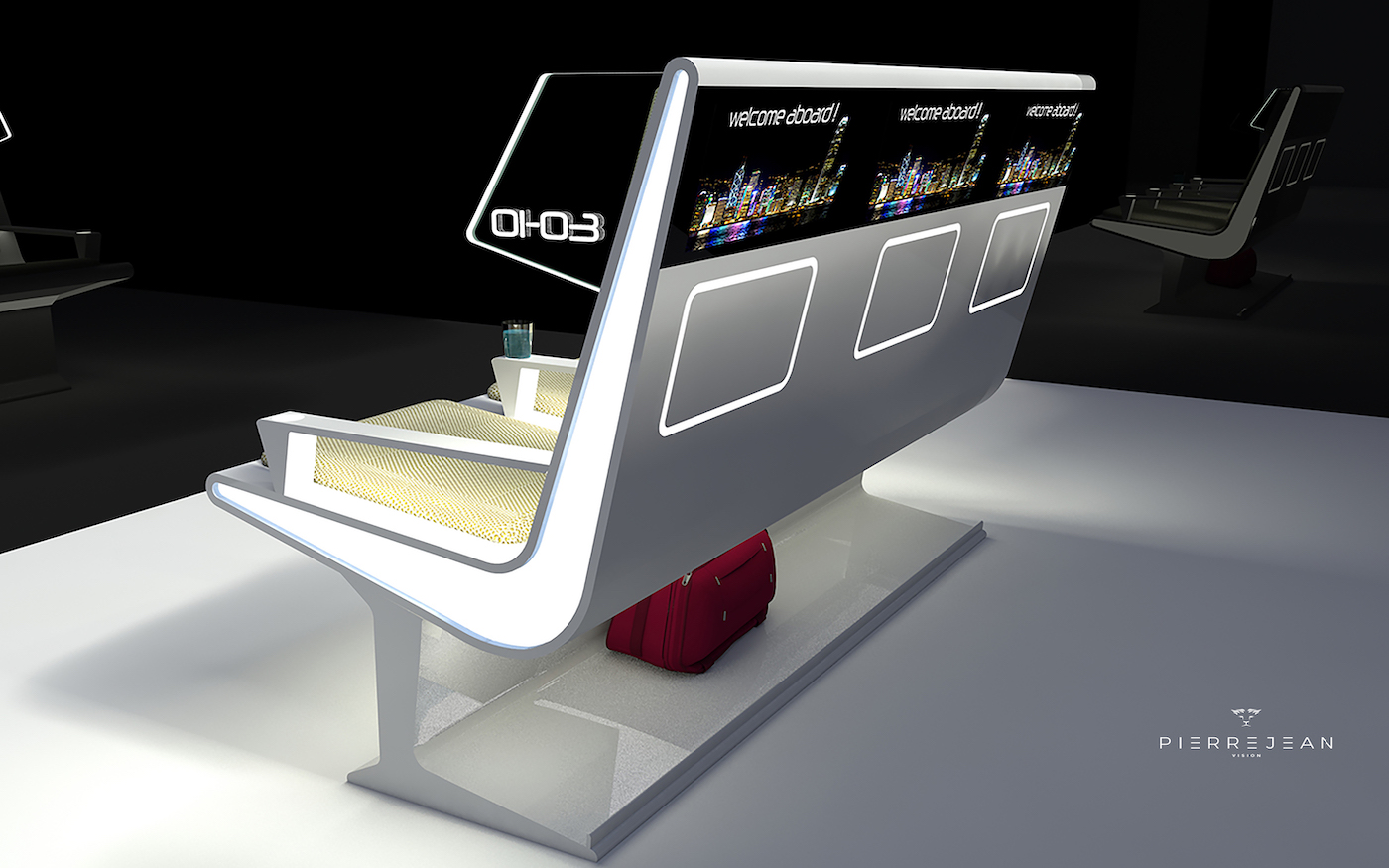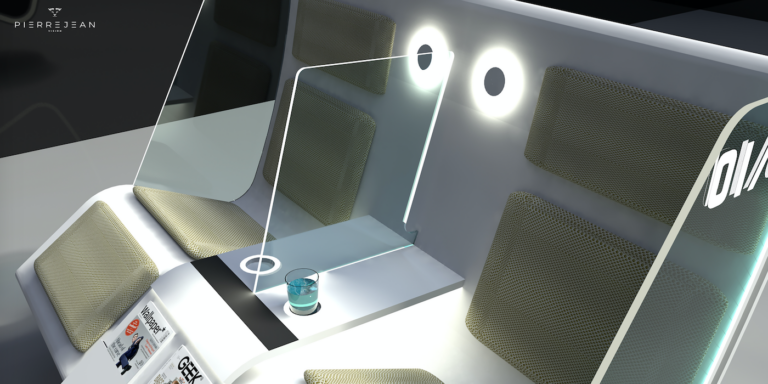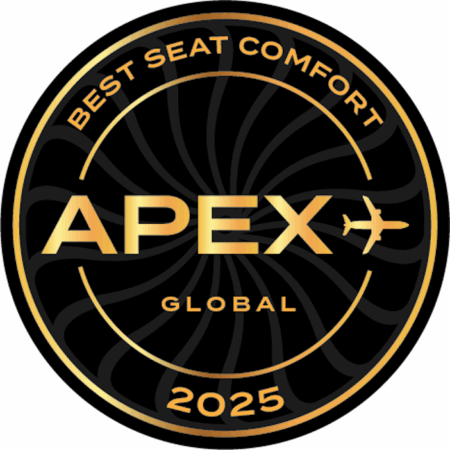The world as we know it will not be the same when we make it through this crisis, and this applies particularly to the aviation industry. I can imagine that the passenger experience is going to be greatly affected, and airlines will have to adapt efficiently and effectively to meet the new standards of hygiene and sanitisation while also facing financial setbacks and a reduction in overall passenger traffic. I can see there are going to be major changes concerning both the interior and exterior of aircraft, the process of flying, and the timing and routing of commercial flights.
However, I believe that the aviation industry was ripe for some changes, and this crisis could be an opportunity to re-think the way we fly both commercially and privately.
From the passengers’ perspective, it will be not so easy to simply catch a flight. While we usually spend most of our pre-flight time going through check-in and security measures, I can imagine that a medical passport will be added to the mix, with extra checks prior to boarding. Perhaps the addition of a small area/control zone to disinfect each passenger, or to test they are not carrying the virus on board (presuming that fast and tests become widely available).
This entire process will mean that even more time is needed to arrive at the airport before each flight. Passengers will also have to forsake comfort and convenience in the name of safety and hygiene. This means aircraft maintenance teams will need more time in between flights to disinfect the entire cabin, clean the surface areas, purify the air, and take all the other measures needed to ensure that the cabin is completely clean and safe for the next passengers.
As a designer, one of the first things that came to my mind (having spent considerable time considering the passenger experience) is how to adapt the cabin layout to best accommodate both the efficiency of the sanitation processes, together with passenger comfort. Materials are going to be key here, with every seat, surface and cover having the capability to be easily cleaned.
I have conceptualised an entirely different type of seating arrangement, one which prioritises individual privacy. We have this today with some headrest designs, but I would extend this concept to include the entire seat. Using some variety of paper material, each seat would be covered completely and this cover could then be removed and replaced, ready for the next flight.

The seats themselves could also be altered. Instead of individual seats, we could see a bench-like set up in a lacquer material that has few gaps and recesses, making it easier to clean as it has fewer difficult-to-access crevices. Each passenger would have a bubble around their head that would separate them from their neighbour.
The cabin should also be designed so that the passenger has minimal contact with the seat materials, and especially the IFE system. To accommodate this, I would connect all individual systems to the passengers’ smartphones via Bluetooth so they do not need to operate the touch screen. Regardless of this means of control, the IFE displays will still need to be wiped down and sanitised between each flight.
Concerning the market at large, there are several ways that I think could drive some significant changes. Let’s start with the frequency of commuter flights combined with the size of the aircraft. Currently, if you look at the route between, say, Paris and London, there are flights every hour (if not more) of ‘shuttle’ liners, mostly A320neos or the like. These short, frequent flights happen all over the world and are huge contributors to pollution. I would propose taking these routes and cutting the frequency of smaller aircraft to allow for a few larger widebody planes to transfer the same number of passengers in a more ecological and economical way.
The concept would be that we have a double-deck widebody ‘Cruiser’ model such as the B747 or A380 model, which would allow for more space between passengers using the aforementioned cabin seating design. The upper deck would be a premium economy cabin, and the lower deck traditional economy class. Like a cruise ship, this concept would allow airlines to reduce ticket costs, and also reduce the numbers of aircraft flying.
What of the typical first class or business class passengers in this new model? Well, I have the idea that a whole new market segment could be carved out, coming from the private jet companies. From management companies such as NetJets, to manufacturers such as Dassault and Embraer, they could begin to offer a new type of charter that is targeted to the corporation or businessman at a lower cost than today’s charter.

Currently, this segment will often choose between first class or private flying, but if the airlines don’t offer this, it could be a new niche market for these private jet companies. For passengers, the experience would mean minimum boarding times, and the ability to travel directly to a meeting or event, and return, in the minimum time. Adding to this, businessmen will inevitably be traveling less now that they have seen the possibilities of video conferencing. Thus, when they do choose to fly, this mix between commercial and private aviation could be a perfect solution, and also considered cleaner and safer than passing through large terminals and aircraft.
For shorter-range trips (less than 500km), I see a huge potential for using helicopters as a kind of taxi service. They would carry two or three people and have simple GPS integration to take you easily to your destination. I think this could eventually replace the car, becoming a new kind of transport for shorter trips.
To conclude, we are entering a period where air travel is going to be looked at with a certain amount of trepidation, so everyone in the industry – from designers and manufacturers, to airlines and cabin crew – will have to make a shift in order to ease this fear and assure passengers of their safety on board. We will have to think of airplanes more like hospital spaces – comfortable, yet always prioritising cleanliness and hygiene.
Opportunities will arise for cabin designers to provide more practical layouts, and for private companies to carve out a new market niche to attract corporate travellers. Helicopter companies can also rise up and offer more commuter-like transport, while aircraft manufacturers can begin developing larger wide-body models that are more eco-friendly and can carry the same amount of people in fewer trips. If all the players can enact these measures, I believe the passenger experience will continue to be satisfying.
And who knows, perhaps such new concepts and practices will be an improvement for air travel in the years to come.





